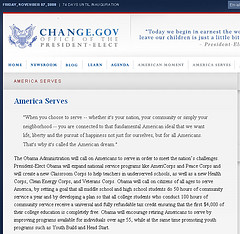This post provides some answers to these questions and some points to ponder.
First, the term greenwashing is taken from the term whitewashing. Whitewashing means to hide, cover or conceal unpleasant facts or details, especially in a political context or to manipulate. According to the Greenwashing Index, Greenwashing is:
“It’s greenwashing when a company or organization spends more time and money claiming to be “green” through advertising and marketing than actually implementing business practices that minimize environmental impact. It’s whitewashing, but with a green brush.”
Knowing this information, enter in the Greenwashing Index, promoted by EnviroMedia Social Marketing and University of Oregon School of Journalism and Communication. The purpose of the Greenwashing Index is “to educate consumers about how to “read” an ad and encourage them to decide for themselves if what they’re seeing is greenwashing.” The index hopes to curb the growth of greenwashing and encourage real environmental responsibility and change.
The index measures and scores advertising claims based on the following five criteria:
- The ad misleads with words.
- The ad misleads with visuals and/or graphics.
- The ad makes a green claim that is vague or seemingly unprovable.
- The ad overstates or exaggerates how green the product/company/service actually is.
- The ad leaves out or masks important information, making the green claim sound better than it is.
To detect greenwashing, Sourcewatch offers the following tips:
- Follow the money trail.
- Follow the membership trail.
- Follow the paper trail.
- Look for skeletons in the company’s closet.
- Test for access to information.
- Test for international consistency.
- Check how they handle their critics.
- Test for consistency over time.
As my previous post mentioned, the FTC began a workshop of hearings yesterday a year early about the growing buzz and concerns regarding green marketing. To listen to the FTC hearings about the, click here. The workshops could results in updating the FTC’s green guides, which outlines the FCC’s laws regarding environmental claims for advertiser, marketers and consumers. These guidelines were originally created in 1992. Though the green guides were updated in 1998, they haven’t been changed since.
Now the final piece: What does this mean to us….as social marketers?
Personally, I think evaluation tools are great, despite the lack of them and the lack of priority in evaluation processes. The evaluation step is one too many organization and marketing directors overlook or skip. I see the Greenwashing Index as another great evaluations tool for us, and I offer up the suggestion that perhaps we should have more such evaluation tools to help keep the private sector accountable and responsible. Doing such, I think, would increase our success in our social marketing endeavors.
More on evaluation procedures and steps in the next post. =)













